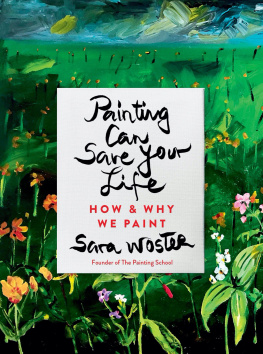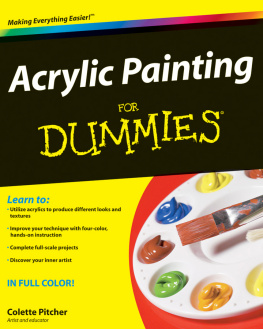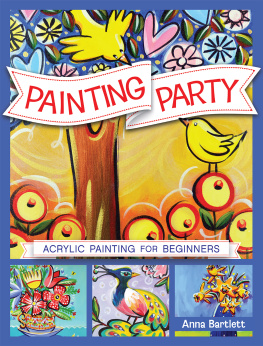Contents
Guide


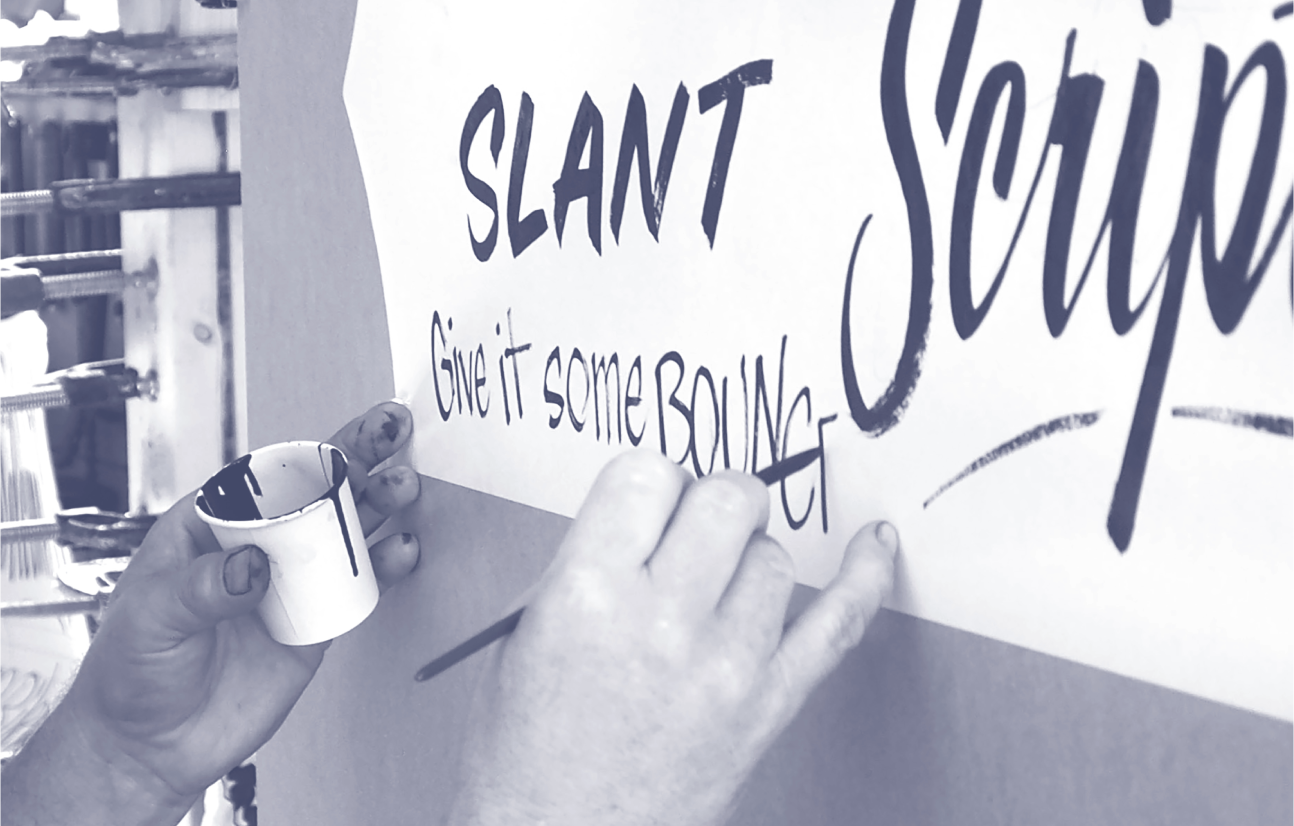
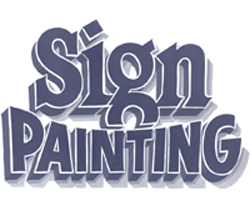
A PRACTICAL GUIDE TO TOOLS,
MATERIALS, AND TECHNIQUES

Mike Meyer & Friends
Better Letters
Laurence King Publishing
An imprint of Quercus Editions Ltd
www.laurenceking.com/student/

Published in Great Britain by
Laurence King Student & Professional
An imprint of Quercus Editions Ltd
Carmelite House
50 Victoria Embankment
London EC4Y 0DZ
An Hachette UK company
Copyright Text and step-by-step drawings 2020
Mike Meyer, Sam Roberts, and Jasper Andries.
The moral right of Mike Meyer, Sam Roberts, and Jasper Andries to be identified as the author of this work has been asserted in accordance with the Copyright, Designs and Patents Act, 1988.
All rights reserved. No part of this publication may be reproduced or transmitted in any form or by any means, electronic or mechanical, including photocopy, recording, or any information storage and retrieval system, without permission in writing from the publisher.
A CIP catalogue record for this book is available from the British Library
TPB ISBN 978-1-78627-692-6
Ebook ISBN 978-1-52942-0-999
Quercus Editions Ltd hereby exclude all liability to the extent permitted by law for any errors or omissions in this book and for any loss, damage or expense (whether direct or indirect) suffered by a third party relying on any information contained in this book.
Design: Blok Graphic
Cover design: Alexandre Coco, lettering by Mike Meyer
Contents
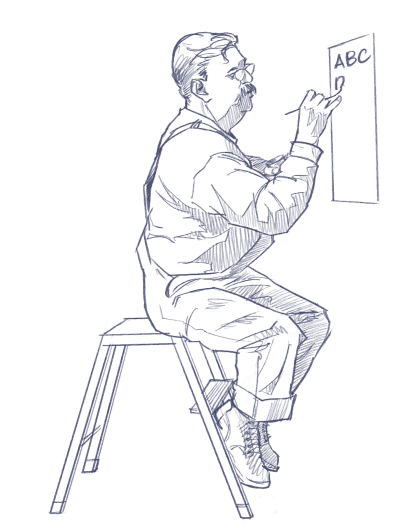
In his element: Mike Meyer, his brush, and 26 friends.
Foreword by Sam Roberts
In 1984 Bill Stewart wrote of the renaissance of the craftsman in his book, Signwork. This continued a tradition of books remarking on the current state of sign painting. Those at the early stages of their career when Stewart was writing, including Mike Meyer, have seen a fall and rise in demand for the sign painters craft: In the last ten years or so we have truly witnessed a resurgence. This appears to have been driven by business and consumer desire for a human touch in their interactions, something that comes naturally from a hand-painted sign, less so from a digital screen.
It is encouraging that so many newcomers are seeking to learn through workshops, Letterheads events, and by sharing resources online. This book supports their efforts with technical information and alphabetic inspiration.

Mike teaching at his shop in Mazeppa, Minnesota.

Mikes customized Red Wing boots.
Introduction by Mike Meyer
This book was written following many requests from curious people who are striving to learn the fascinating craft of sign painting. In the pages that follow I have tried to set out some of the essentials for getting started, with the aim of providing a solid foundation for you to build upon. In this introduction I want to talk about some of my core beliefs about sign painting and being a sign painter. These have been formed over my many years in the trade, and have stood the test of time.
As a sign painter you will experience many successes and failuresthis is the way life goes, and it is the same for everyone. Whenever you think that someone is more successful or better than you, remember that they too have experienced, and will experience, failures and setbacks along the way. Whats important is that you learn from your experiences and carry this learning with you into the future.
Hard work and dedicated practice of both creativity and business will form the backbone of your career. I believe that there is no other business that connects the owner to their community as much as that of a sign painter. Whatever size shop you are running, you will serve many clients, and your resourcefulness will be called upon in many ways. If you have a passion for your craft, you will ultimately find happiness and fulfillment in your work. Some people consider sign painting just a job, but we know better!
Keep in mind that the purpose of signs is to create the best possible impression for your clients. Your signs should help them attract customers, generate profit, and prosper. In turn they will become silent salespeople for you and your work, and through this you will build your own reputation.
Letting others speak for your work will help to keep you humble, and I believe that humility is an important characteristic to nurture in yourself. You should always take pride in your work, but dont pound your chest about it. However good you think your latest creation might be, there is always something, or someone, better. Dont be boastful, and always strive to improve what you do.
Signs can be taken for granted in everyday life, but their words and directions have been essential to societies all over. Remember that readability is your top priority. It is no good creating the most amazing decorative lettering and sign work if it cant be read easily by the people who need to read it. I have traveled to towns and cities all over the world and everywhere readability separates good signs from bad.
To understand what works, and what does not, it is important to develop the constant habit of observation. Take note of everything you see, not just pretty lettering. What does the lettering do? Is it directional? Does it identify something (buildings, vehicles, consumer goods, etc.)? Does it advertise?
Consider why a sign is effective and why it impresses youor not. Is it the lettering style? Is it the choice of colors? Is it the placement? Is it the wording? And, of course, ask yourself whether you can easily read and understand it.
Through this process you will improve your understanding of effective signs and lettering and be able to apply this to your own work. There is so much that can be learned through the simple process of questioning observation.
You should also apply this attitude to your own work and remember that in signs, if it looks right, it is right. The impact of a sign comes from its presentation and the spontaneity that arises from creative lettering choices, the use of color, punctuation, effects, and even images.
As you go about learning and developing as a sign painter, I think it is important to remember what I refer to as the three Ds: desire, dedication, and discipline.




